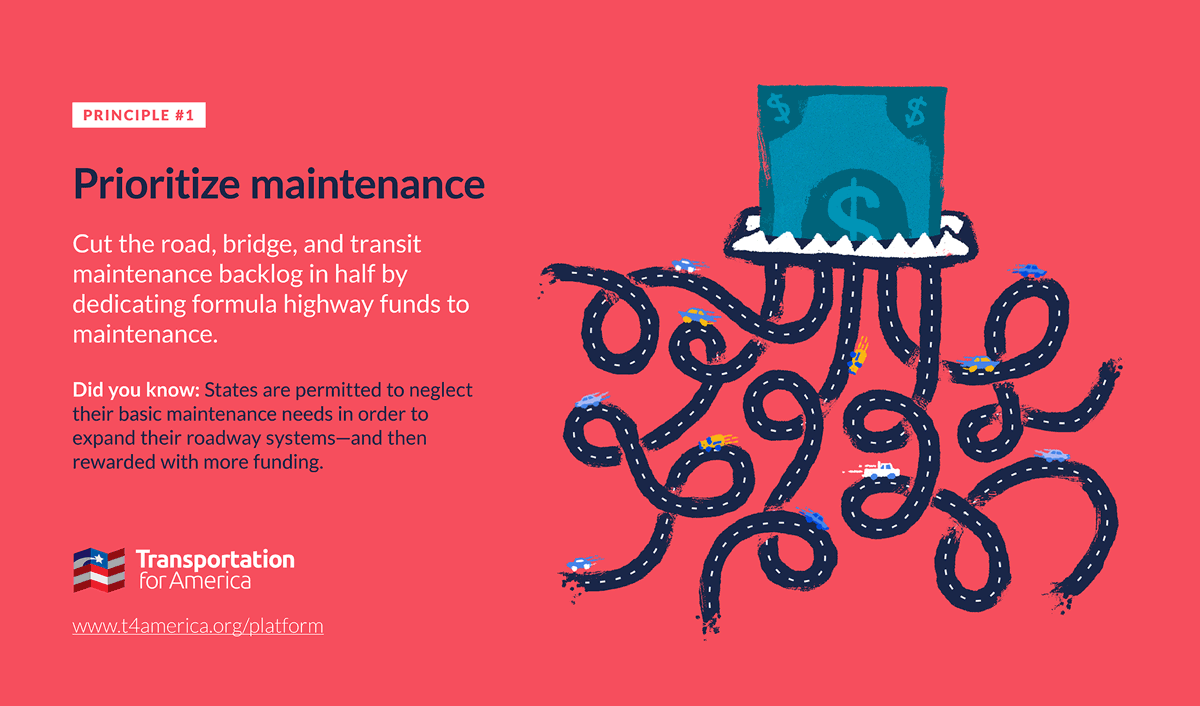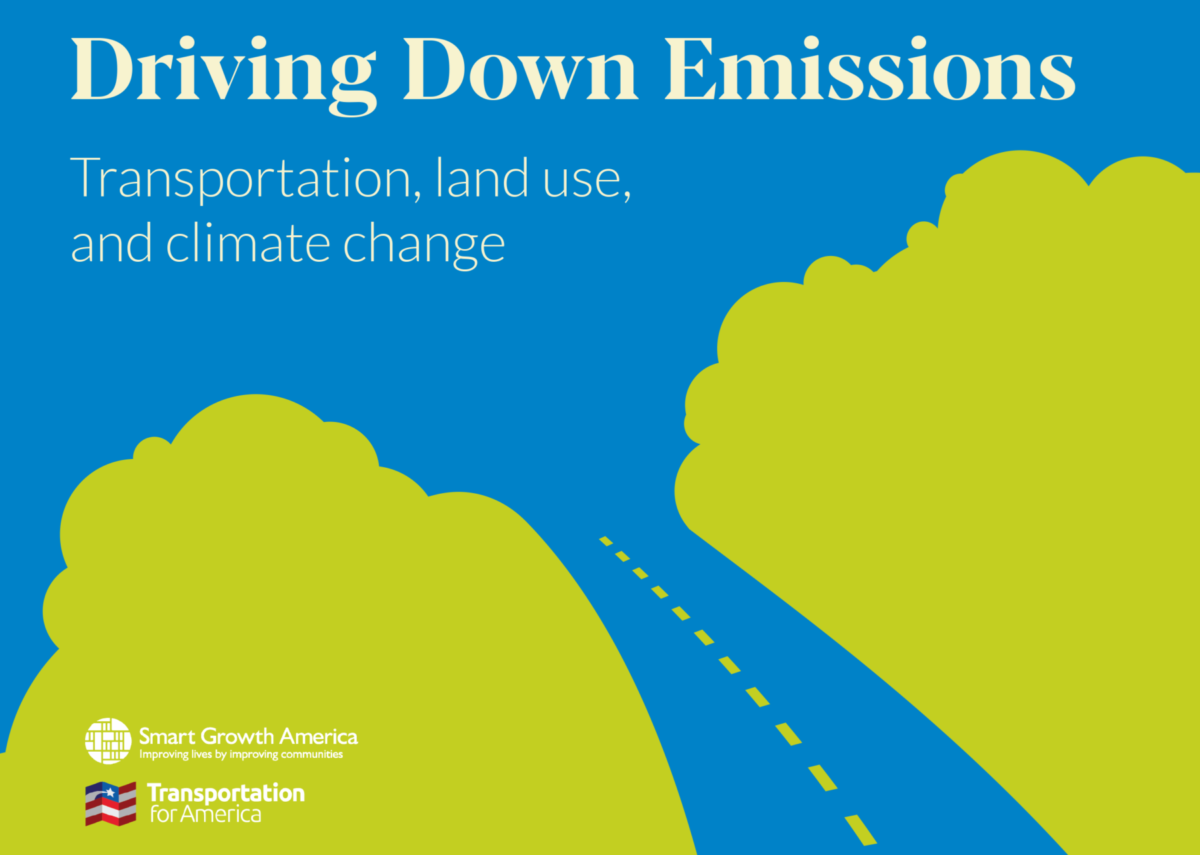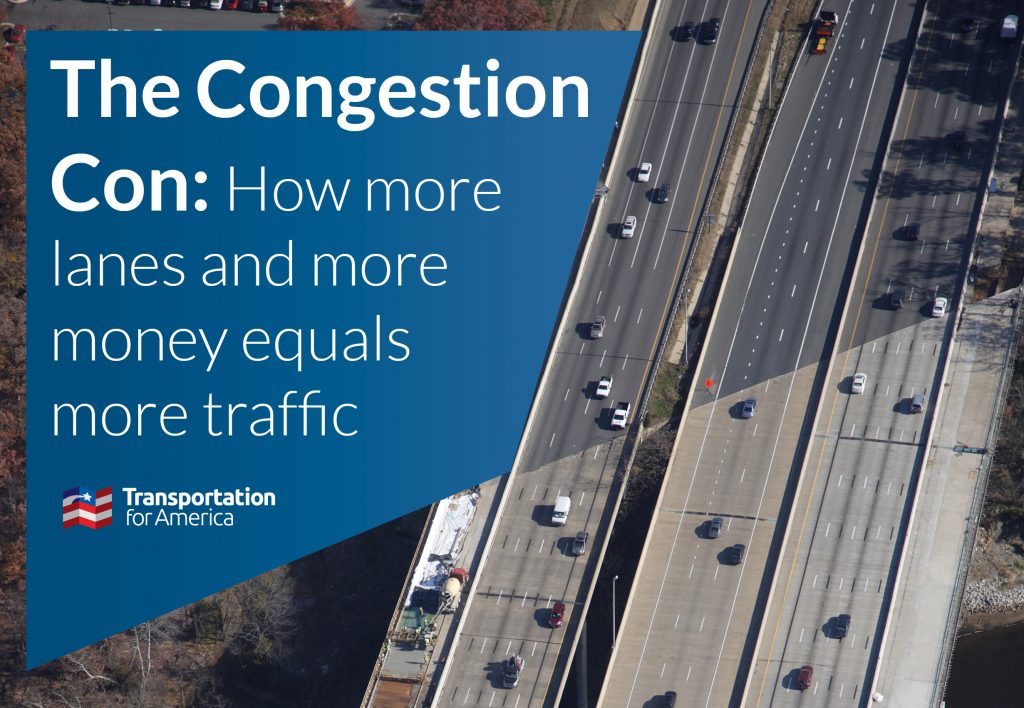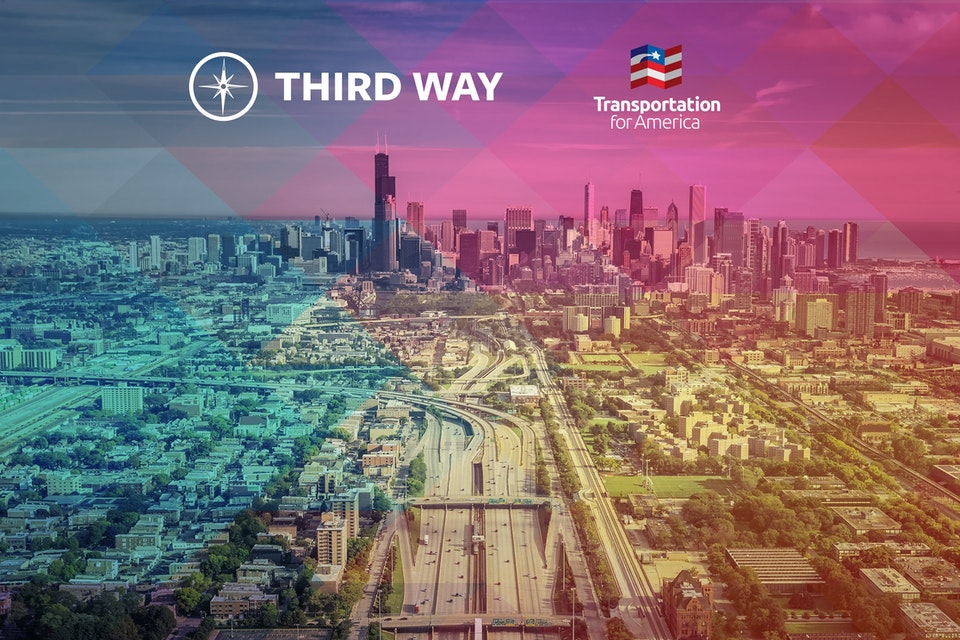Posts Tagged "mayors"
How to engage with new elected leaders
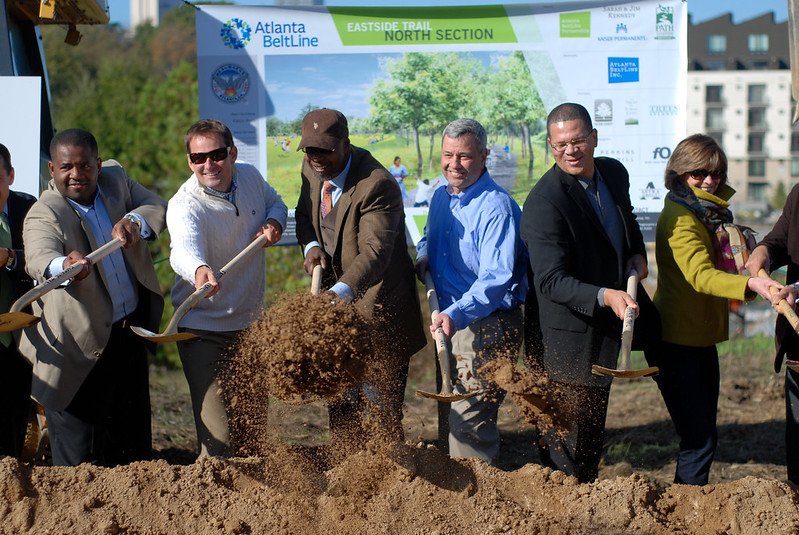
New state and federal leaders will take office in January. Where they stand on transportation will have a significant impact on the future of mobility in America. Here’s how you can engage with your new elected officials to help improve our transportation system in coming years.
Mayors tell the Senate that transit, biking, and walking are climate change solutions
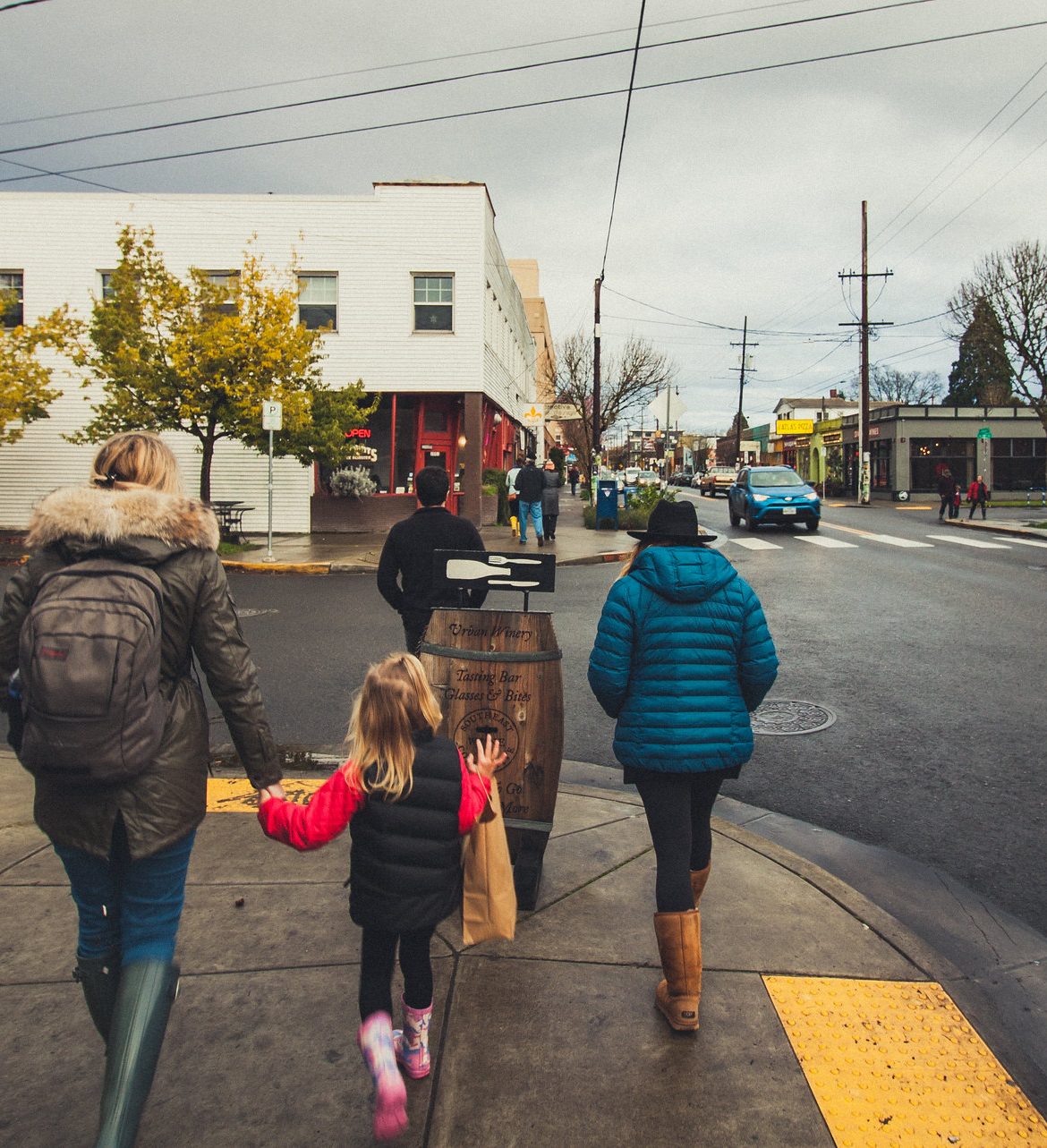
Testimonies from mayors at a recent Senate hearing showed that cities understand that reducing driving and expanding other transportation options is key to reducing greenhouse gas emissions and boosting local economies at the same time. Last week, the Senate Democrats’ Special Committee on the Climate Crisis held their first hearing, which focused on what cities […]
Would increasing federal transportation investment be enough to solve our problems?
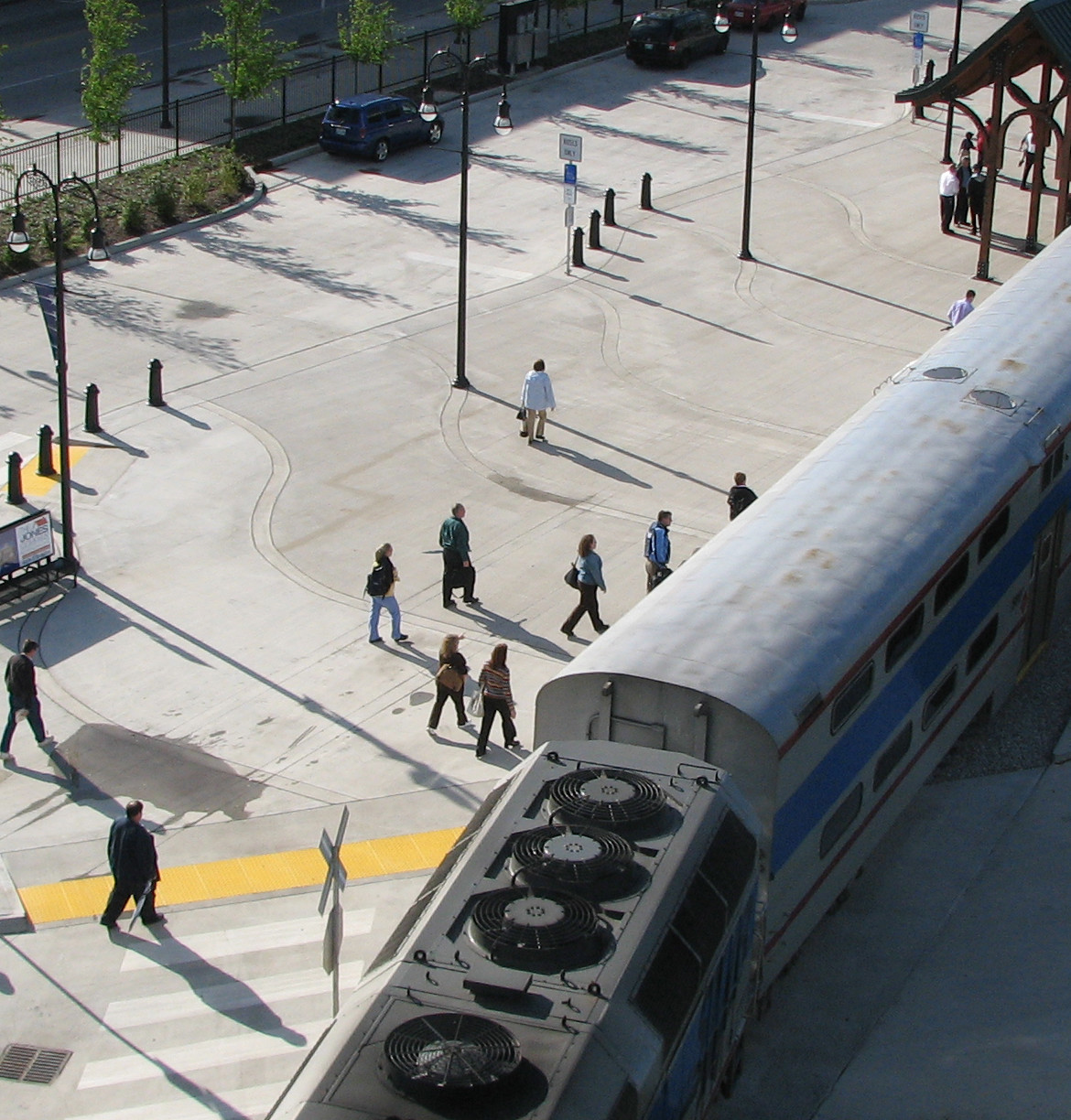
Two mayors from very different cities penned a joint op-ed in the New York Times highlighting the need for Congress to pass a long-term transportation bill and raise new revenues to increase the United States’ overall investment in transportation infrastructure. But their strong piece begs another question: Would raising the level of federal investment be enough to meet our pressing local needs without some major policy changes and reforms to the federal transportation program?
Mayors’ challenge: Help us meet critical transportation needs
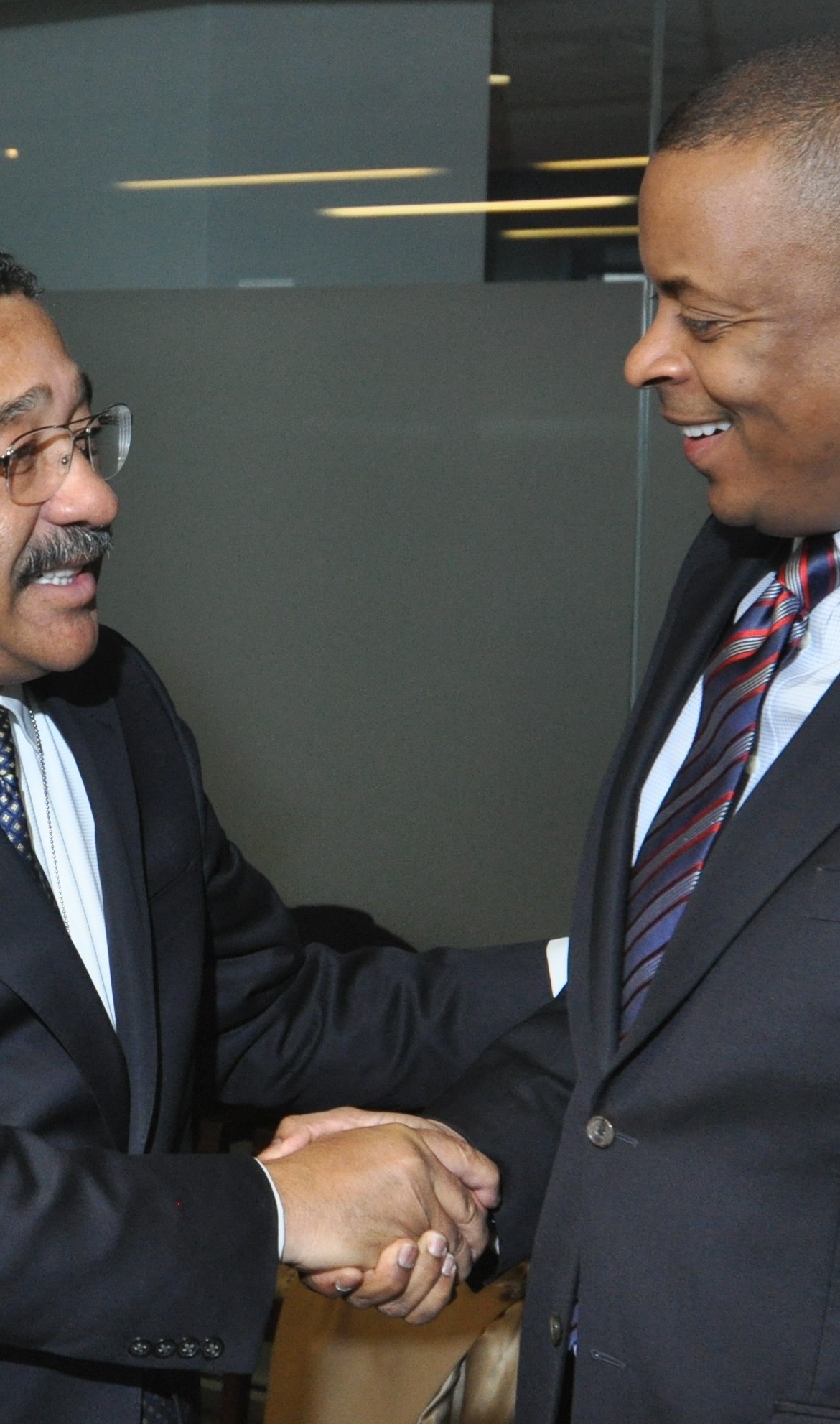
Last week, U.S. Transportation Secretary Anthony Foxx issued a public challenge to mayors to “take significant action to improve safety for bicycle riders and pedestrians of all ages and abilities over the next year.” Mayors, in return, have a challenge of their own to the federal government: Don’t leave us in the lurch when it comes to the funding for those – and many other – transportation needs.
In Hill event, local leaders make case for federal support for transportation needs
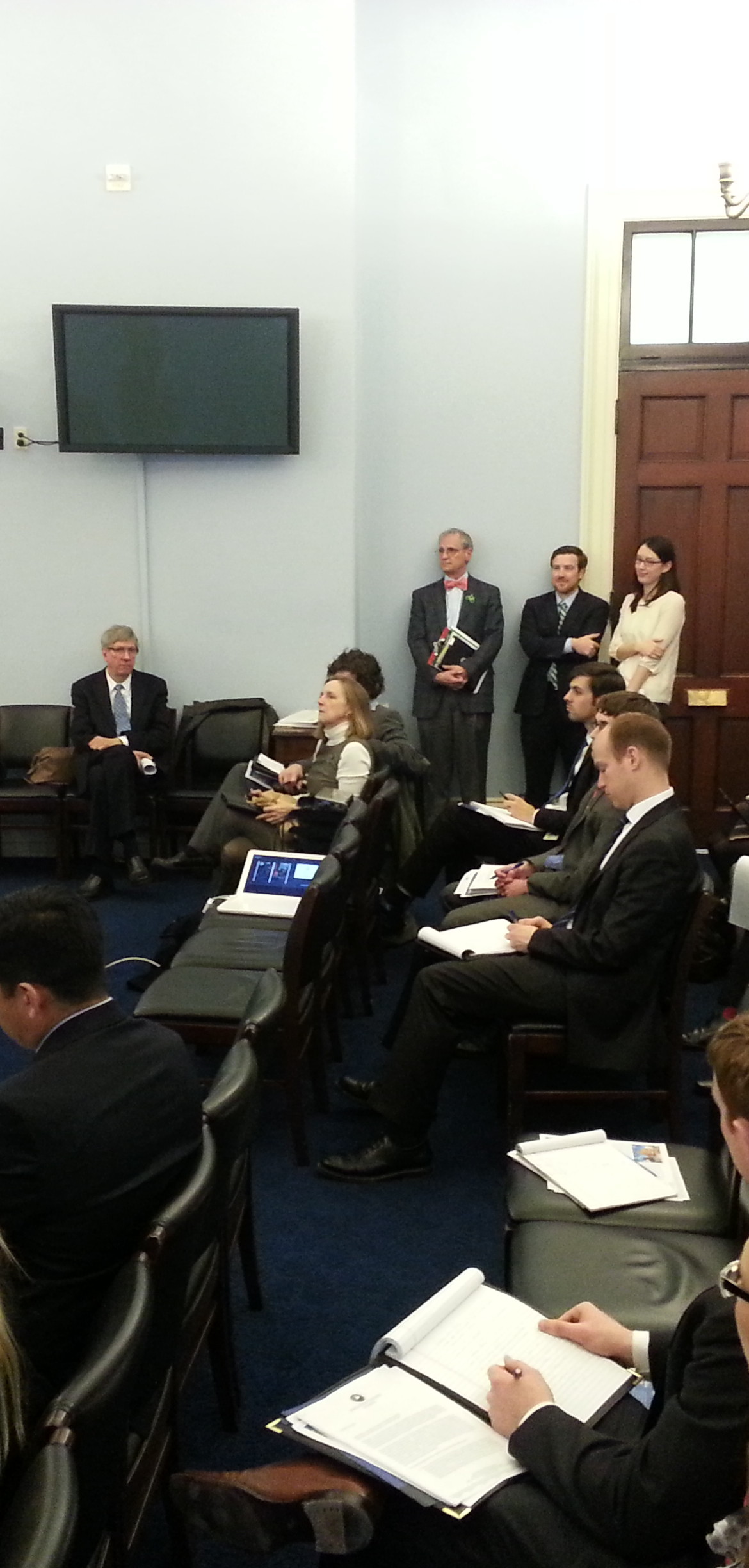
Before a packed room on Capitol Hill, local leaders from three very different communities shared one very specific message with a handful of Congressmen and at least four dozen staffers: If Congress doesn’t act to shore up the nation’s transportation fund before it goes insolvent later this year, their cities and communities would bear the brunt of the pain.
T4 brings mayors to Washington to tell Secretary Foxx about the importance of passenger rail
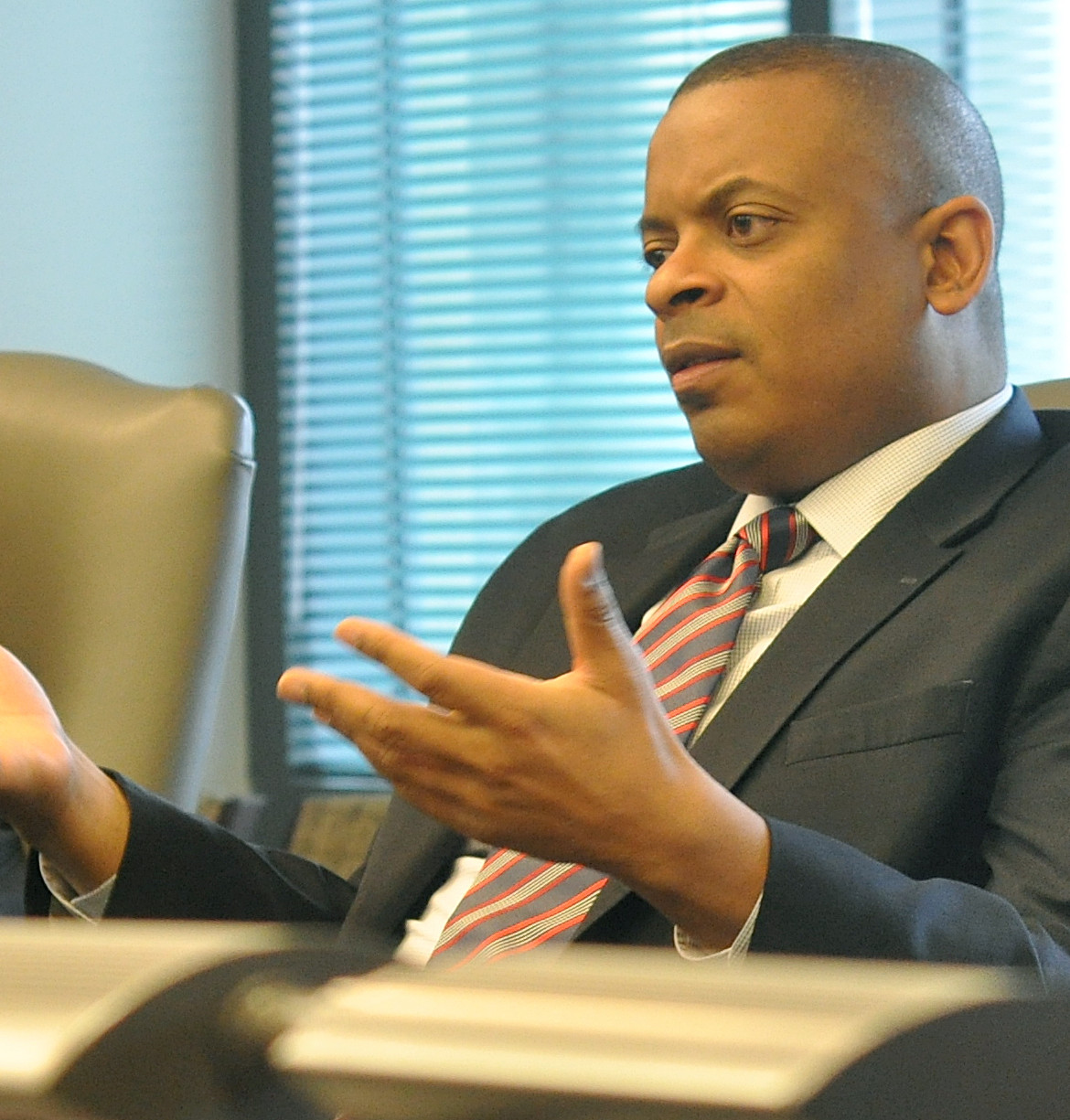
T4America brought together a group of mayors to visit with U.S. Secretary of Transportation Anthony Foxx — a former mayor himself — and deliver a message about the importance of passenger rail to the economies of those communities they represent.
Transportation Vote 2012: San Diego mayoral candidates indicate strong commitment to investing in transportation options in a televised debate
In San Diego, a region facing significant growth on a congested transportation system, the two mayoral candidates signaled their commitment to expanding transportation options throughout the region in the years to come — but shrinking transportation funding will test that commitment.





